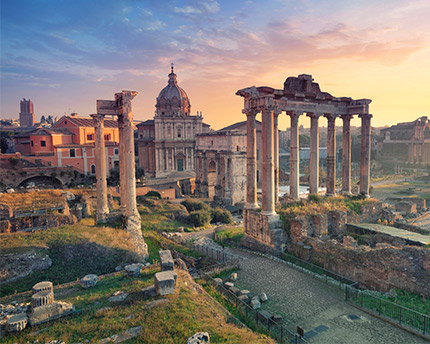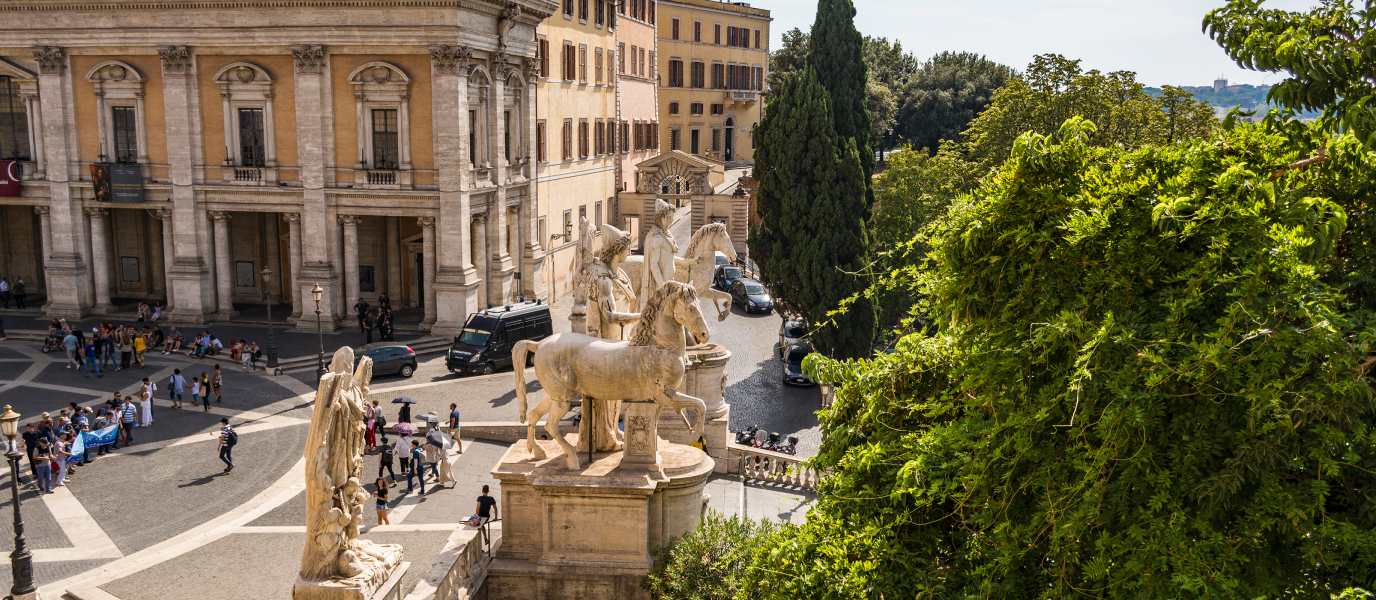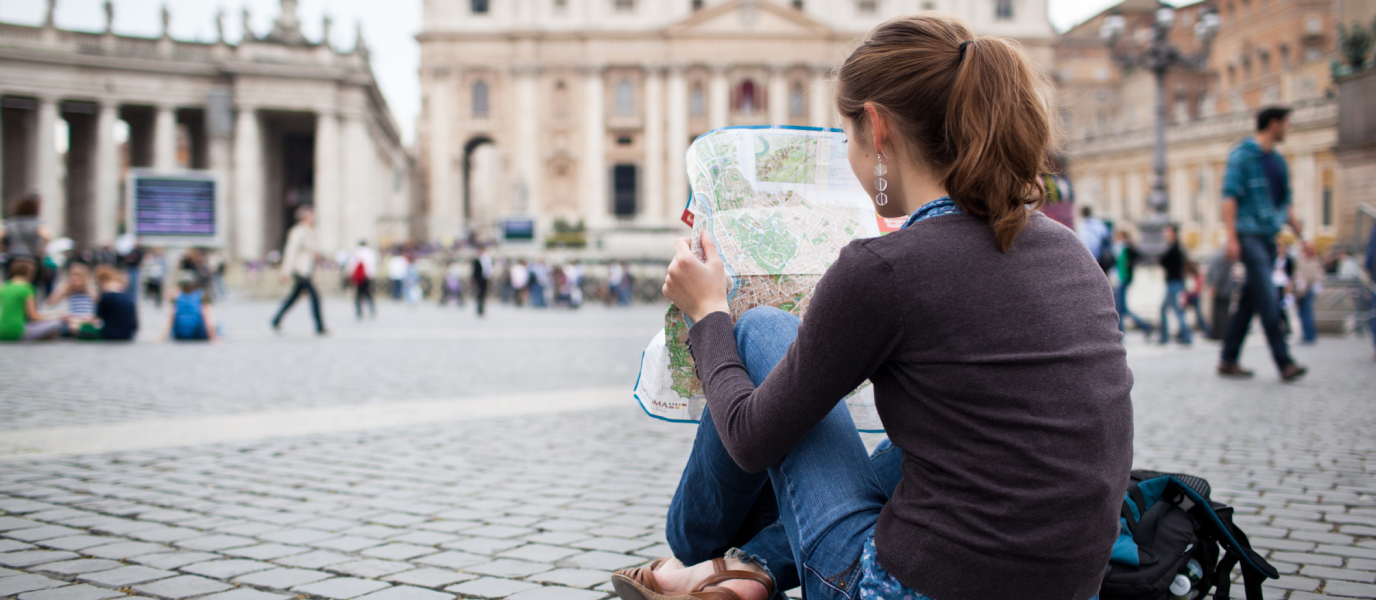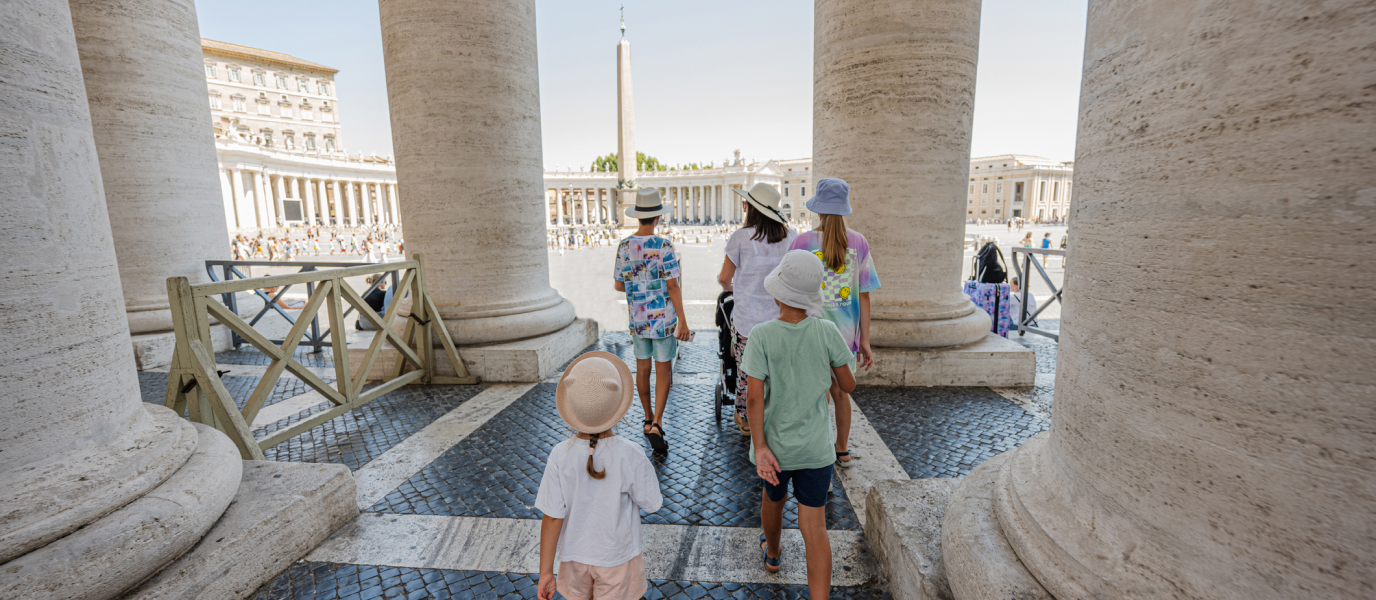What is the Roman Forum?
The Roman Forum was the heart of the Roman Empire for more than 10 centuries. Political, cultural and economic matters were all dealt with here. Today, the place is in ruins, but you’ll still get a sense of Rome’s glorious past when you visit. It’s a romantic and charming place, and as you walk around you can try and guess what each part would have been used for. Together with the Colosseum (link: The Colosseum), the Roman Forum is the greatest legacy of the grandeur of the Roman Empire.
A 3,000-year history
Very little remains of the Roman Forum and its 3,000-year history, but the remaining stones and columns will make you wonder at its past as you contemplate how beauty has succumbed to the passing of time. This is the ground where the emperors Julius Caesar, Nero, Caligula, Claudius and Hadrian walked. A trip around the whole site can take up to two hours, or more if you want to visit Palatine Hill.
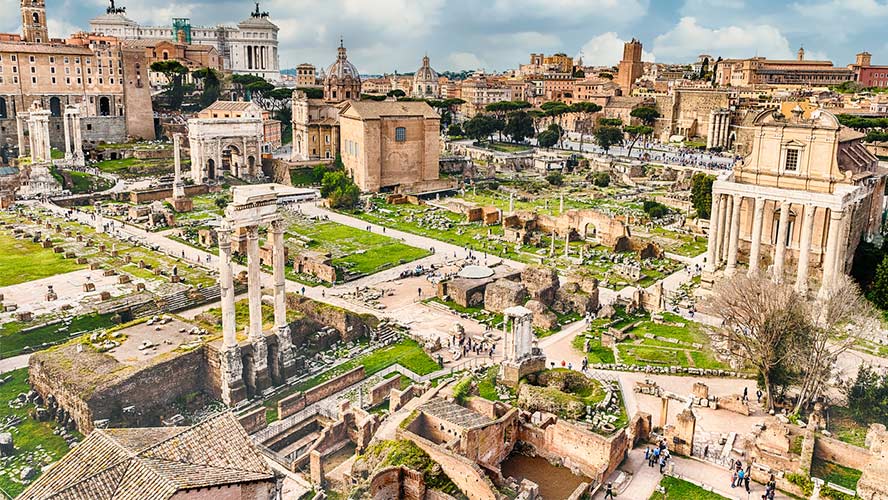
The Roman Forum is supposedly the birthplace of the myth of Romulus and Remus – this is where the twin brothers were allegedly found being suckled by a she-wolf. So you can jot down in your travel journal that Rome was founded here in 753 BC.
After the fall of the Roman Empire, the Forum was abandoned and buried under the sands of time. The first excavation works didn’t take place until the 20th century.
The site of the Forum (and the Colosseum) was so marshy that the Romans had to drain the area with the Cloaca Maxima, one of the world’s earliest sewage systems.
Visiting the Roman Forum
Access to the Roman Forum is through the enormous Arco di Settimio Severo which was raised in the year 203 to commemorate the reign of the eponymous emperor, Septimius Severus. It also commemorates the battle victories of his two sons, Geta and Caracalla, themselves depicted in the reliefs adorning the triumphal arch.
Close by is the Tempio di Saturno. It dates back to the year 497 BC, making it one of the oldest temples in the Forum. Saturn, the God of Agriculture, was one of the most worshipped deities in Rome, and the early Romans were convinced that the city’s prosperity was tied to the harvest.
The ruins of the Basilica Giulia sit atop one of the highest points at the site. This church was raised by Julius Caesar in the year 54 BC Close by is the most famous Christian monument in the Forum: Santa Maria Antiqua.
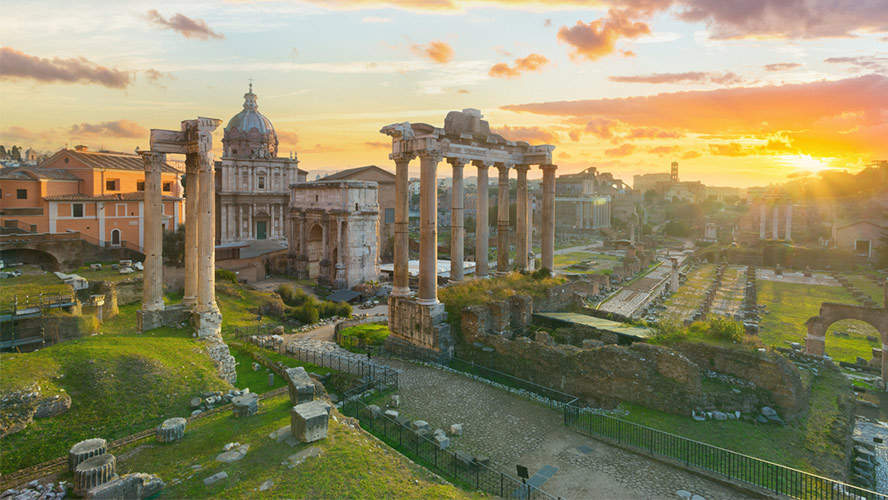
The wide avenue called Via Sacra runs through almost the entire Forum and was the main artery connecting Piazza del Campidoglio with the Colosseum. This is where emperors and generals paraded the spoils of their victories in battle. Alongside the road are the ruins of the Basilica Emilia, built in 179 BC as a place of business, and the Curia or Senate House, built in 28 BC In front of the Curia, behind a railing, is the black marble stone called the Lapis Niger which marks where the sanctuary dedicated to the god Vulcan once stood.
The Tempio di Antonino e Faustina from the year 141 AD is one of the best-preserved temples in the Forum. Further along is the Tempio di Vesta and the Atrium Vestae, the temple and residence of the Vestal Virgins, respectively.
The most impressive monuments in the Roman Forum are undoubtedly the Basilica di Massenzio, from the year 306 AD, and the Arco di Tito, the oldest triumphal arch in Rome. It was raised in 81 AD by Emperor Domitian to commemorate the victory of Rome over Jerusalem.
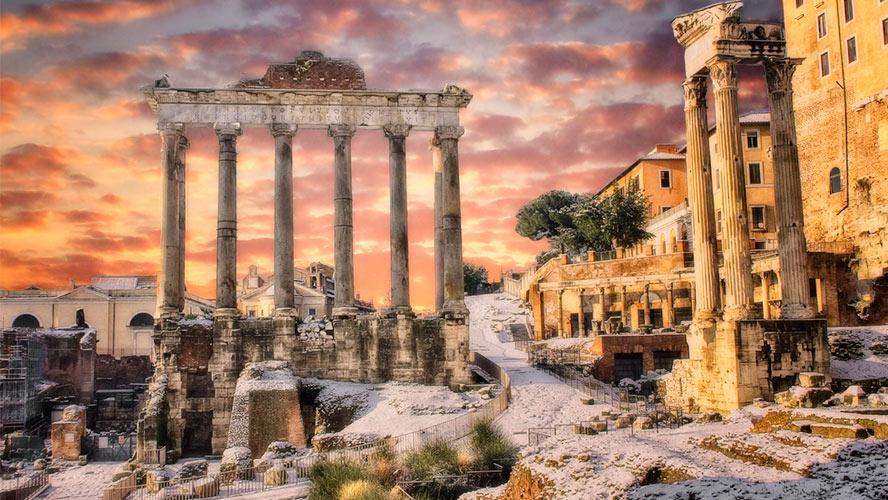
Visiting the Roman Forum
The Roman Forum is huge and the tourist masses soon spread out. If you want to be absolutely sure to avoid the crowds, time your visit for early morning. You’ll also dodge the worst of the heat (there are few shady spots once inside the Forum). Your ticket will usually include a map of the site. Otherwise, ask for one before you head in to make your walk more informative and manageable.




































































